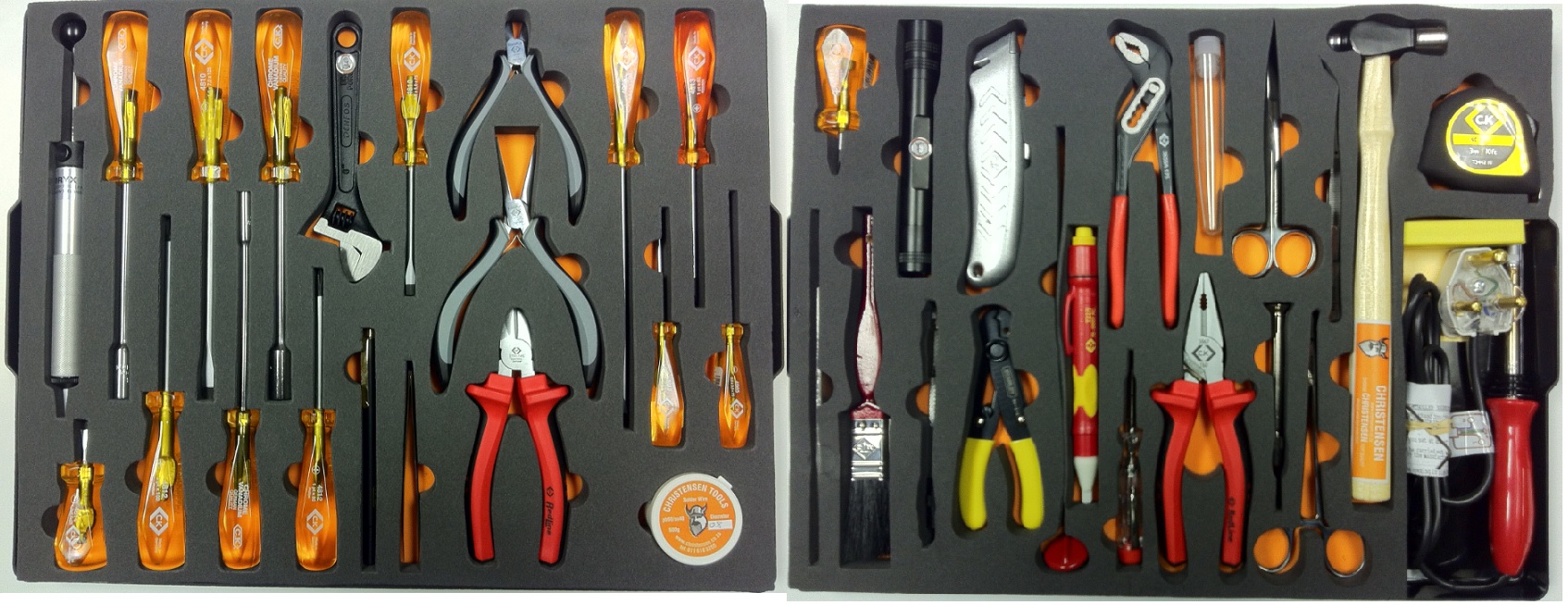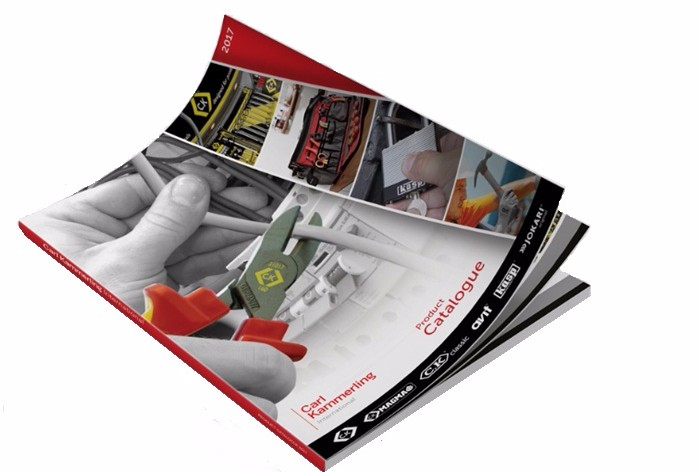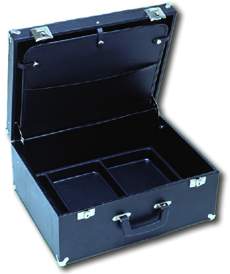Damp is unwanted moisture in a building which has no means of escape. Of course every professional decorator knows that damp can be very damaging and it’s unwise to paint onto damp surfaces. So, what should you do and what’s the best course of action if you see or suspect damp?
Here Draper Tools offers some advice on detecting and dealing with damp.
Common causes
Damp mainly falls into three categories, damp caused by condensation, rain penetration or rising damp – which occurs when groundwater rises up through walls, floors and masonry. Buildings damaged by floods will obviously also be affected by damp.
Condensation is perhaps the most common cause of damp you’ll come across, occurring when warm, moist air comes into contact with a cold surface. This warm, moist air can come from everyday activities such as drying clothes on a radiator or even simply breathing. Simple things like opening windows can help to reduce issues with condensation.
Older properties tend to be more commonly affected by damp but building defects, leaks, flooding and other issues can equally cause damp in more modern buildings.
Signs, symptoms and damage
Damp can allow various fungi to grow, leading to mould which can have some serious health implications. In terms of building damage, you can expect to see staining from water and from mould as well as deterioration of plaster and paint or peeling wallpaper. Indoors, excessive damp can negatively affect air quality and cause rust too. On a building’s exterior, signs of damp may include crumbling mortar.
Detection tools
All paints types vary but generally speaking, most will require a relative humidity level below 75% for best results. If you suspect damp at a property you’re tasked with decorating, it’s a good idea to test for moisture. To help with this, Draper Tools offers a Damp Detector (stock no: 34873), which is ideal for detecting rising and penetrating damp in foundation walls, floors and timbers. It’s also suitable for checking dryness of surfaces prior to papering or tiling and capable of letting you know that wood is dry before painting or varnishing. It features audible signals which clearly detect the presence of damp and humidity.
If you’re looking for a new damp or moisture meter look for something compact but solid. It needs to be fairly small, so it can still work in tight spaces. Some models will feature prongs in order to test the surface, these need to be sharp and strong, but also as small as possible, so as not to leave a noticeable hole. There are also models with LCD display screens, showing the moisture content as a percentage, like the Draper Tools Moisture Meter) for measuring water content in wood, plaster and concrete.
What to do next
If moisture or damp is detected, you ideally don’t want to start painting or papering over it, otherwise blistering and flaking can occur. What’s more, without knowing what’s causing the problem, painting over it may worsen the issue and lead to mould. See if it’s possible to determine what’s causing the damp first, if it’s something serious such as a leak, do not proceed. The problem will need to be fixed before you can paint over it. If the damp is less serious or the issue has been fixed, it may simply be a case of needing to properly dry out the space before you paint it. For this you could use a fan or a dehumidifier. Alternatively, if the space you’re painting has air conditioning or an extractor fan, it’s a good idea to turn these on too. Be warned though, depending on the extent of the damp, the drying out process could take a while.
Decorating after flood damage
In severe cases drying out could take months, this likely to be the case when decorating a flood-damaged property. If you know a property has been flooded, it is best to make sure there is no permanent damage to the substrate such as plaster, wood or brick before you begin work. After a severe flood it may even be advisable to seek the advice of a professional building surveyor.
Damp checklist
- Check for visual signs of damp
- Use a moisture meter or damp detector to check moisture levels
- If the property has damp, find out the cause
- Ensure the issue causing the damp (such as a leak) is fixed before proceeding
- Dry out the space with a dehumidifier or fan if needed
Damp & Moisture – it’s all about detective work





